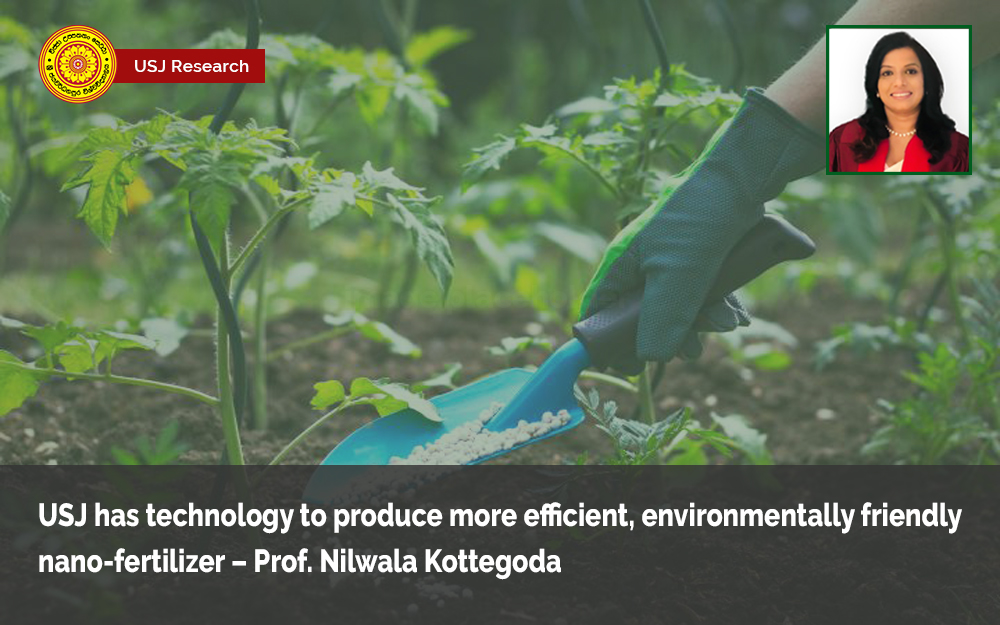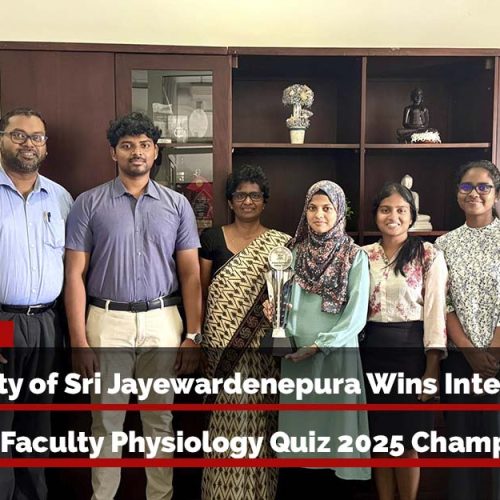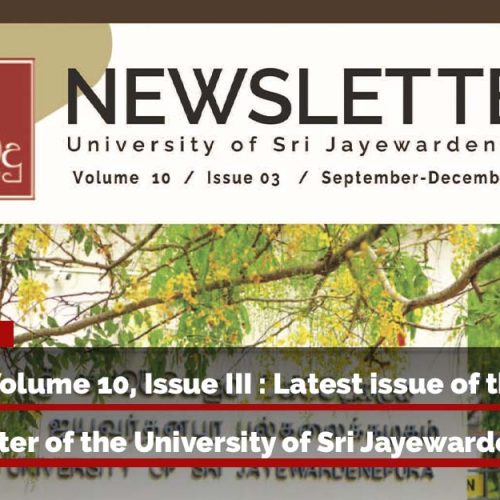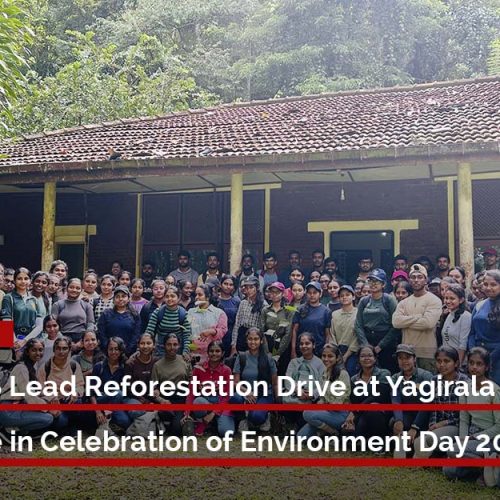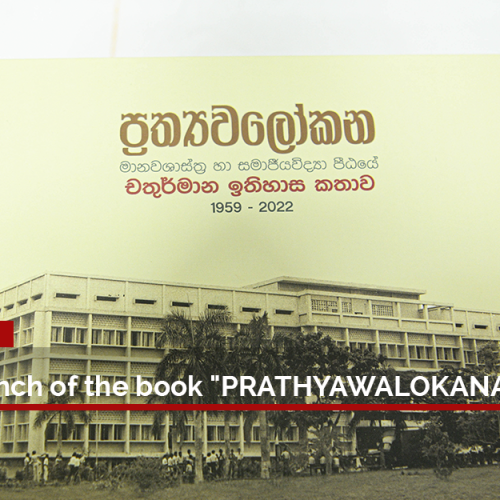Sri Lanka is a country which was once considered as the “granary of the ancient east”; today we try to win back this status by making a paradigm shift in agricultural practices. This sudden decision has become a central and controversial topic among the general public and “NANO” has become the buzz word. It’s unfortunate that we have to import advanced nano-fertilizer from India while our own scientists discovered the concept 10 years back!
Prof. Nilwala Kottegoda, Head of the Department of Chemistry at the University of Sri Jayewardenepura and the team at Sri Lanka Institute of Nanotechnology (SLINTEC) developed a new nano-fertilizer product in 2010 and received 4 US patents at a time where nano-fertilizer was entirely new to the scientific community. So the technology for the production of efficient nano-fertilizer was introduced to the world about 11 years ago from Sri Lanka. This innovation was rated as a global first by the World Intellectual Property Organization and Prof. Kottegoda was selected as one of the nine most inventive women scientists based on this new concept.
In this innovation, urea molecules were anchored onto biocompatible hydroxyapatite nanoparticles thus minimizing the wastage of urea as gaseous emissions and water-soluble leachates. This new solid fertilizer contains 40% of nitrogen while supplying plant-available 6% phosphorus when applied to the soil. The efficacy of the fertilizer has been tested at the farmer field level for tea and rice. The field trials suggest that the new formulation reduces 25-40% nitrogen usage with a yield improvement of up to 20 %. This innovation has already received 4 US patents and the process has been scaled up to pilot-scale production.
Prof. Kottegoda’s research team at the USJ has further developed a greener process of nano-fertilizer production that has minimum energy, water, and environmental footprint. They also have explored a method to introduce other nutrients into the same formulation thus increasing its potential as a “mother of fertilizer”. This extended innovation has already received two patents belonging to USJ.
Commercial production of high efficiency nano-fertilizer has not yet commenced in Sri Lanka. But a leading fertilizer manufacturing company in India, anticipating the future value of the discovery, had purchased the technology in 2013 for commercial exploitation through the Sri Lankan government. However, patent rights are retained with SLINTEC. Therefore, Sri Lanka to this day, still has production rights over this product, meaning that the potential for Sri Lanka to become a manufacturing hub for this product does exist. But it’s unfortunate, today, the Sri Lankan government has to import nano-fertilizer from India for a huge amount.
“There is no action plan yet for the production of nano-fertilizers in Sri Lanka, which are highly efficient, economically viable and environmentally friendly”, said Prof. Nilwala Kottegoda.
Selected Publications;
1. A green slow-release fertilizer composition based on urea-modified hydroxyapatite nanoparticles encapsulated wood, Current Science, 2011, 73-78.
2. Urea-hydroxyapatite nanohybrids for slow release of nitrogen, ACS Nano, 2017, 11(2), 1214-1221
3. Composition and Method for Sustained Release of Agricultural Macronutrients, a continuation-in-part of U.S. application Ser. No. 12/794,741, US 8 696 784 B2, April 15 2014.
4. Compositions for Sustained Release of Agricultural Macronutrients and Process There of, US 8 361 185 B2, Jan 29 2013
5. A Cellulose Based Sustained Release Macronutrient Composition for Fertilizer Application, US 8 617 284 B2, Dec 13 2013.
6. “How to stop fertilizer being washed away by the rain”, The Economist, February 2017

